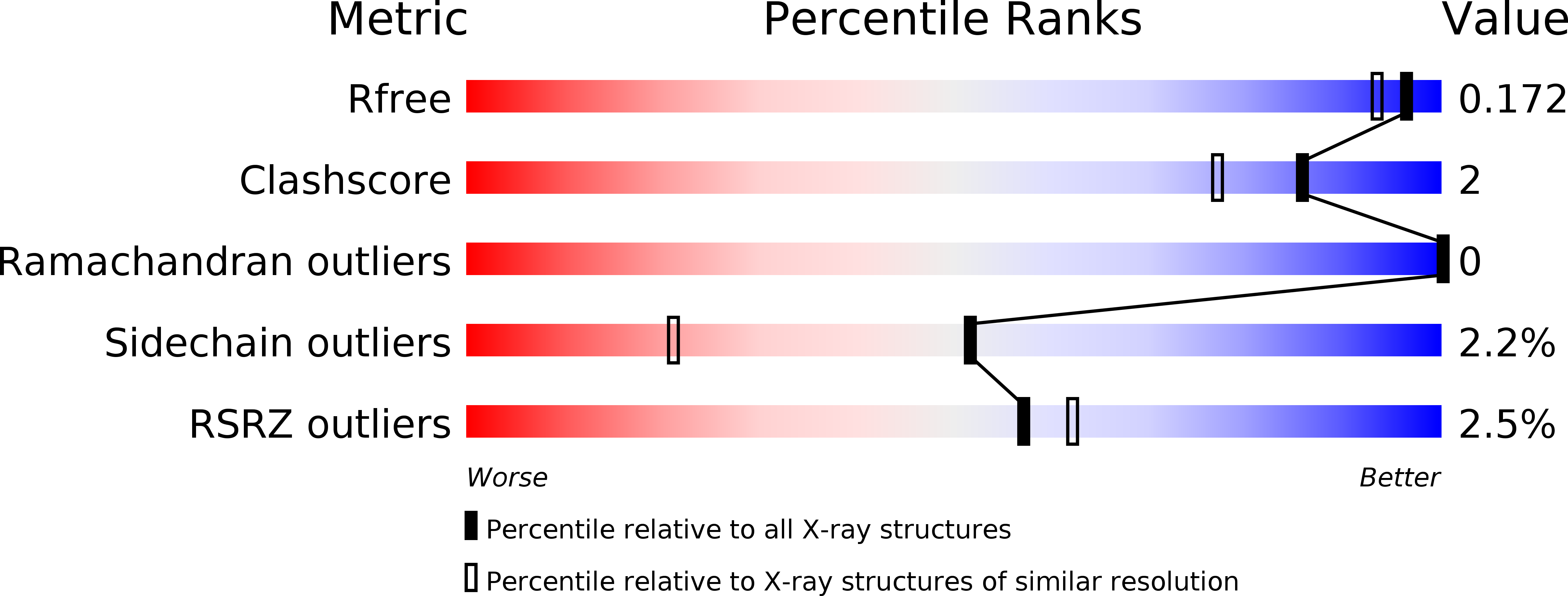
Deposition Date
2004-08-11
Release Date
2005-04-19
Last Version Date
2024-10-30
Entry Detail
PDB ID:
1X6Q
Keywords:
Title:
Structure 3: cryocooled crystal structure of the truncated pak pilin from Pseudomonas aeruginosa at 1.51A resolution
Biological Source:
Source Organism:
Pseudomonas aeruginosa (Taxon ID: 287)
Host Organism:
Method Details:
Experimental Method:
Resolution:
1.51 Å
R-Value Free:
0.16
R-Value Work:
0.13
R-Value Observed:
0.13
Space Group:
P 41 21 2


